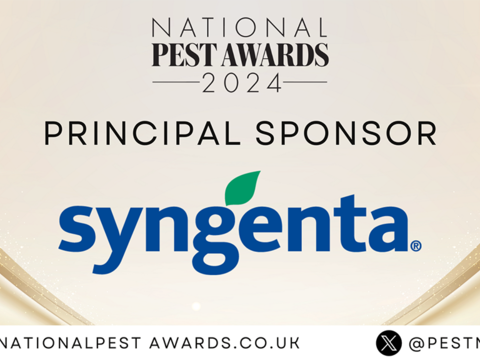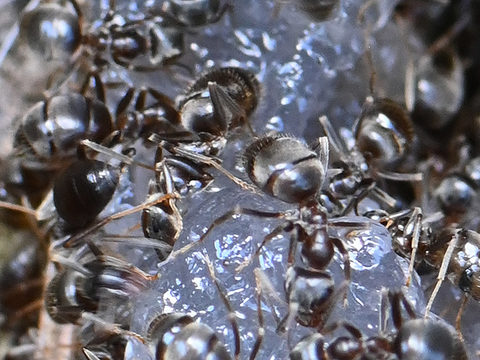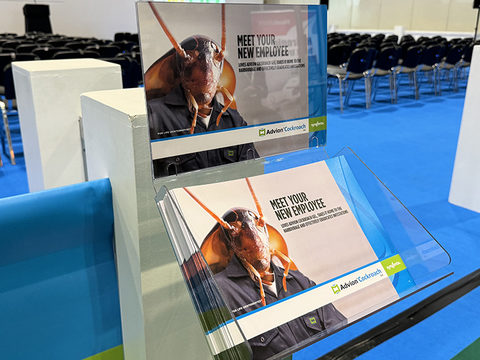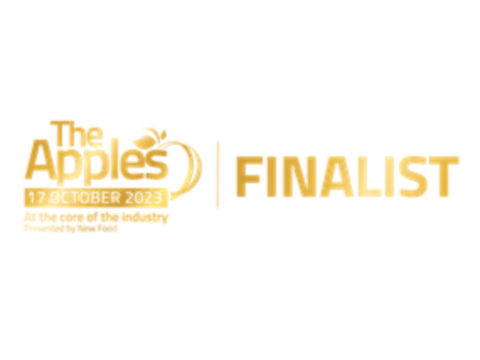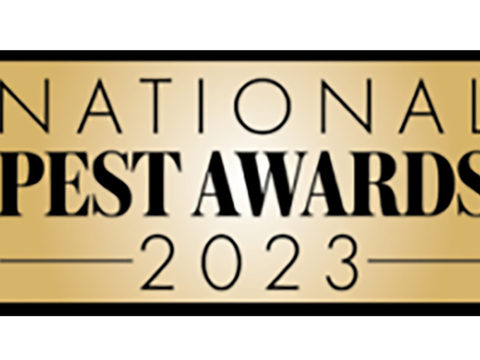Act fast to overcome mouse resistance
The increasing incidence of rodenticide resistance to some of the main anticoagulant baits among mouse populations has seen many operators turn to the alternative of alpha-chloralose, reports Syngenta Technical Manager, Sean Loakes.
Once seen as a solution to tackling extreme high mouse populations, alpha-chloralose is increasingly becoming the first choice for quick results in all domestic and commercial situations. Although the active has been available for many years, new Ridmus Alpha is a palatable paste formulation that can give instant results and clear up infestations.
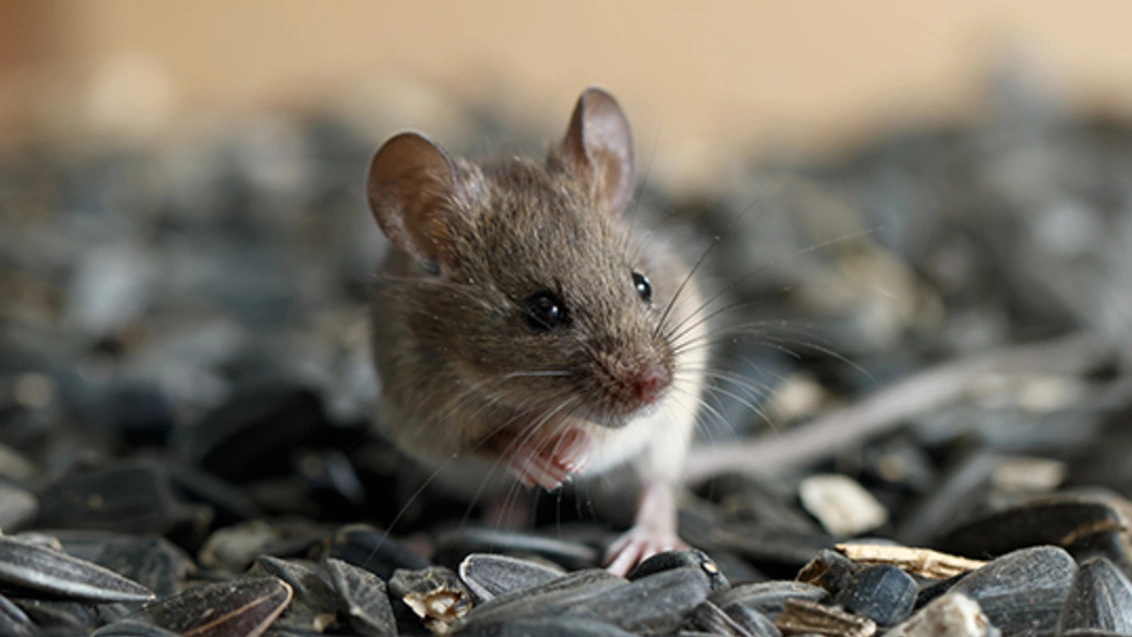
With the Campaign for Responsible Rodenticide Use UK (CRRU) reporting genes for resistance to some anticoagulant rodenticides found in 95% of house mice, operators must now look for alternative solutions.
Find out how Ridmus Alpha beats resistance
CRRU also highlighted the spread of troubling numbers of mice with two or more such genes, labelled ‘hybrid resistance’, including resistance to anticoagulants bromadiolone and difenacoum. It warned London is now a focus for hybrid resistance, including reported resistance to difethialone, along with the first four-component ‘spretus’ resistance strain among house mice in Hertfordshire.
High palatability
Unlike anticoagulant rodenticides, that are required to be metabolised by the pest to affect its functioning, alpha-chloralose has a far simpler direct effect on the body. It acts to trigger a chemically induced sleep that causes respiratory inhibition and lowers the body temperature, to the point that hypothermia sets in and the mouse dies.
It takes just a tooth scratch on the Ridmus Alpha paste to deliver a lethal dose for a house mouse.
In many instances mice will not leave the bait box. Most bodies can be collected within a few meters of the bait point, making clearing up and disposal much easier.
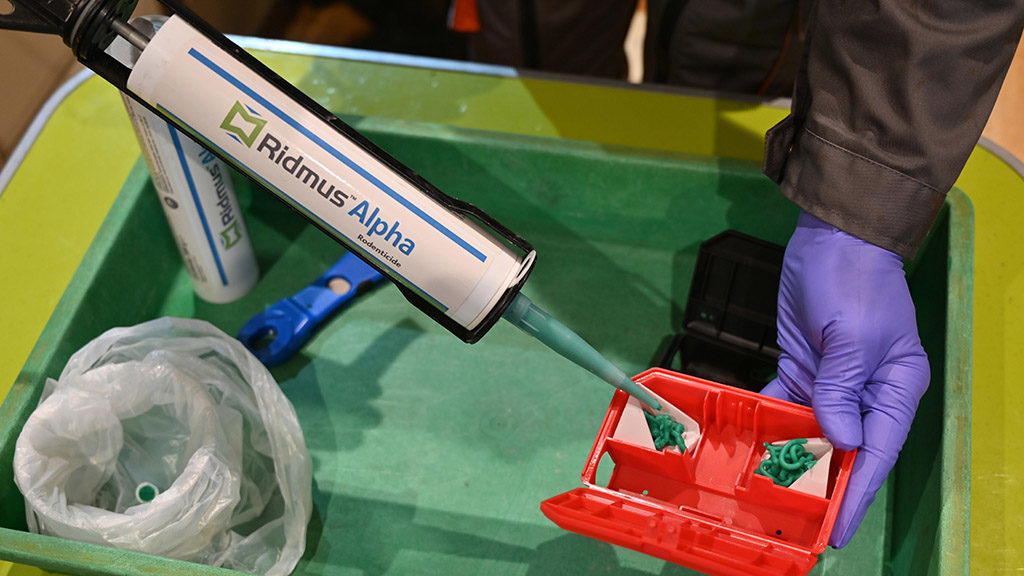
The challenge with alpha-chloralose was, historically, the palatability for mice. The bait contains 4% active ingredient, which is a relatively high level - compared to 0.0025% brodifacoum that is still highly potent and effective in Talon M, for example.
To overcome this, Ridmus Alpha is formulated on the same bait matrix platform as the renowned palatability of Talon Soft. The aim is to get mice to just take a nibble, which is all that is required.
Fatal feed
That is aided by the fact that mice are, by their very nature, inquisitive and nibblers of different food sources. That poses a problem when they need to consume a lethal dose of anticoagulant from multiple feeding points, particularly where there are alternative food sources available, but is beneficial where alpha-chloralose is concerned.
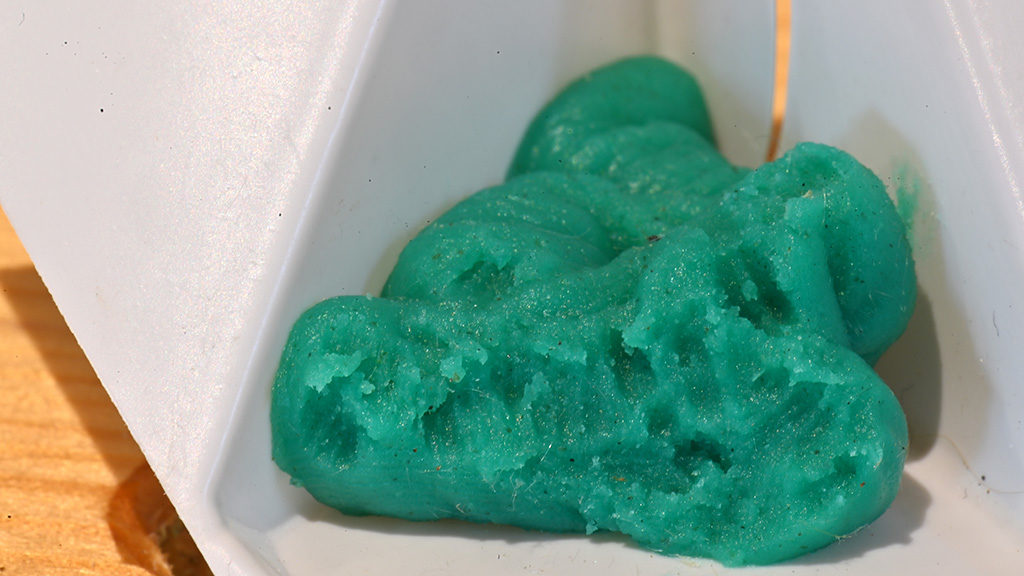
When baiting, putting down a high number of bait points remains important, to increase the chance of mice investigating and feeding. Clearing bait stations of dead bodies to allow further access is also important. Bait stations of cardboard, wood, or other materials in keeping with the environment mice are used to, are naturally more effective to encourage mouse activity.
Low environmental impact
It is advised not to dual bait with a second-generation anticoagulant at the same time, since it will add a competing food source and, since the Ridmus Alpha will eliminate even resistant mice, avoids environmental exposure to SGARs.
Because alpha-chloralose is so rapidly metabolised and dissipated within the mouse, it is rated as of low toxicity risk of secondary poisoning, should any predators pick up a carcase. Furthermore, as it is only approved for use indoors and with its fast speed of action, there is limited opportunity for any dosed mice to leave a treated building to be picked up.
In its assessment of alpha-chloralose, the US Environmental Protection Agency (EPA) noted: ‘Alpha-chloralose is only lethal to small animals like house mice. Even if children or large animals were to ingest alpha-chloralose, they are unlikely to be affected by body temperature changes caused by this chemical.’
Hot house efficacy
While it would be assumed that cooler temperatures would benefit the action of alpha-chloralose to result in hypothermia, in practice and field trials it has been shown to work highly effectively in warm, or even hot house, conditions to clear infestations.
Repeated trials with Ridmus Alpha in boiler house situations - measured at a consistent 25–32°C - with a heavy mouse infestation, resulted in an immediate 94% reduction in non-tox monitoring feed take and complete elimination of take within a seven-day period.
The trials did use 63 bait boxes around the site, reinforcing the best practice for multiple bait points. Further trials in warehouse storage areas have shown good palatability and reliable results with high efficacy in winter and summer conditions.
Supplied in standard caulking gun tubes it is easy to carry and convenient to use in urban or large site situations. Alpha-chloralose is now an extremely valuable tool as part of integrated pest management (IPM) strategies to quickly knock-down mouse populations and enable preventative measures to work more effectively.

Sean Loakes is Technical Manager for Syngenta Professional Solutions. Dedicated to customers in UK and Ireland, Sean has expanded the existing Syngenta PPM technical and business team, to offer specialist trials expertise and developing new integrated solutions for pest control.
A qualified biologist, Sean has had a career in environmental science and research through practical field trials and laboratory studies, primarily focused on pesticide efficacy and best practice in pest control.

